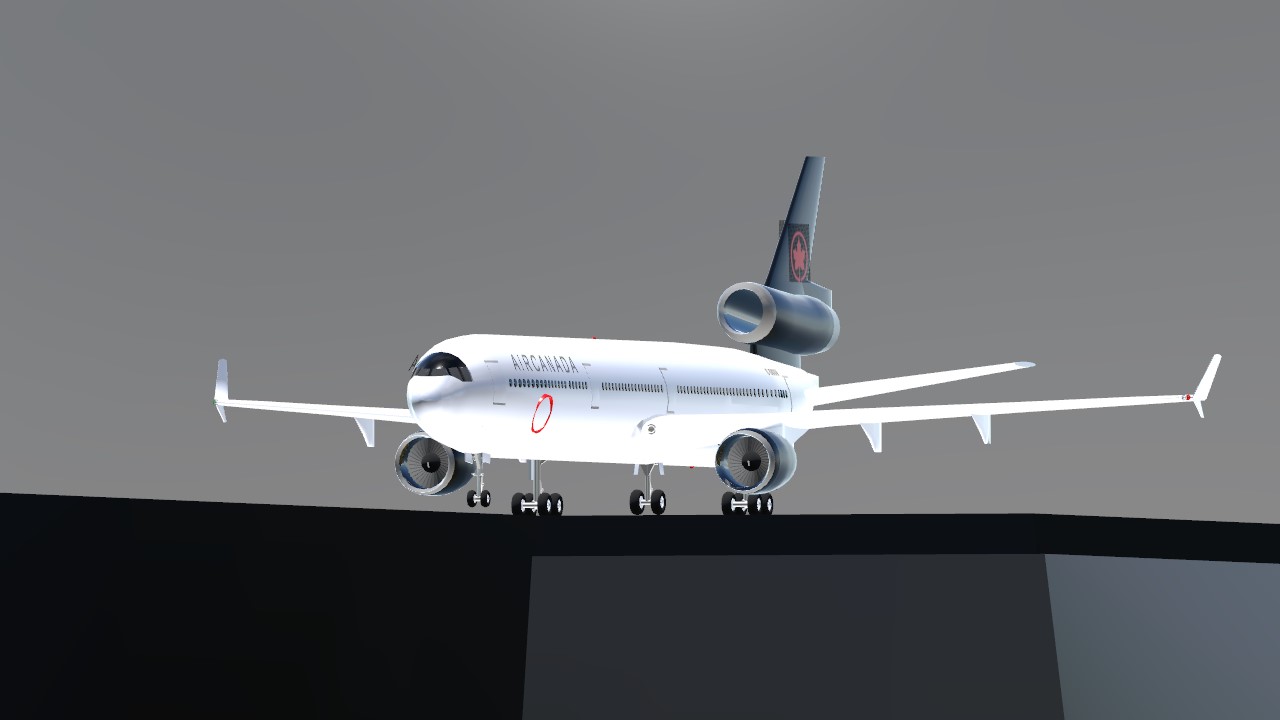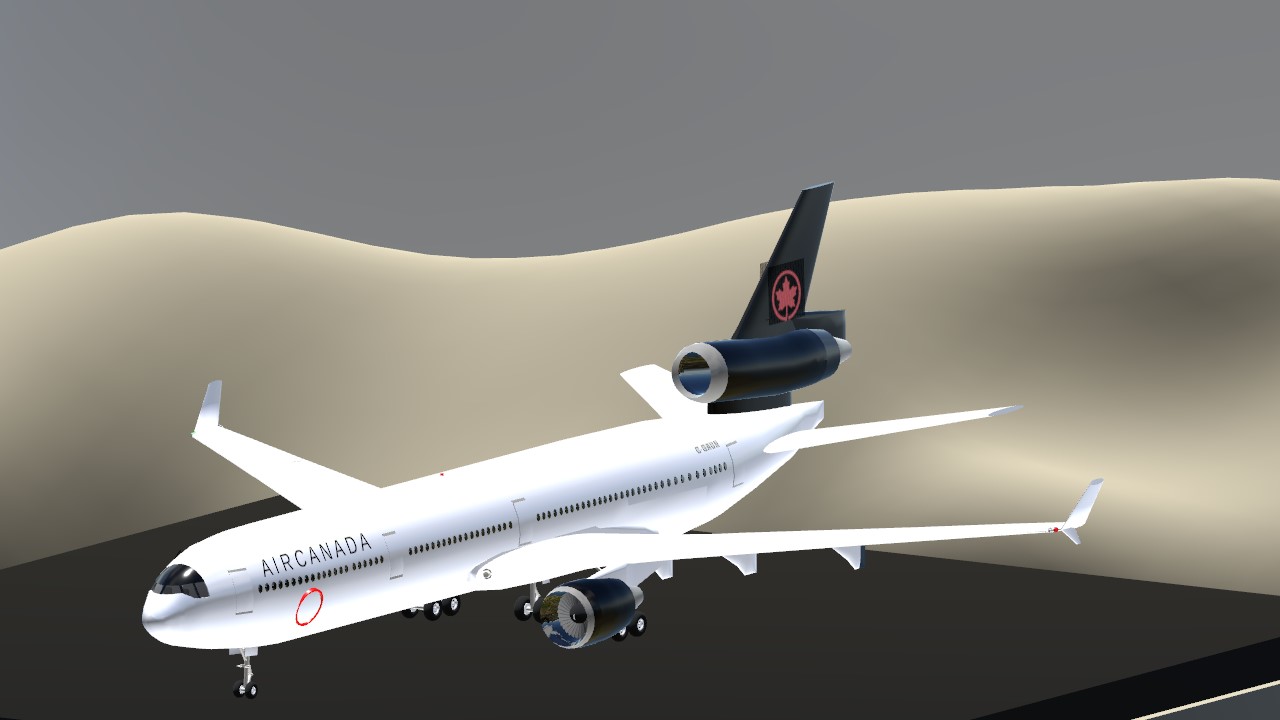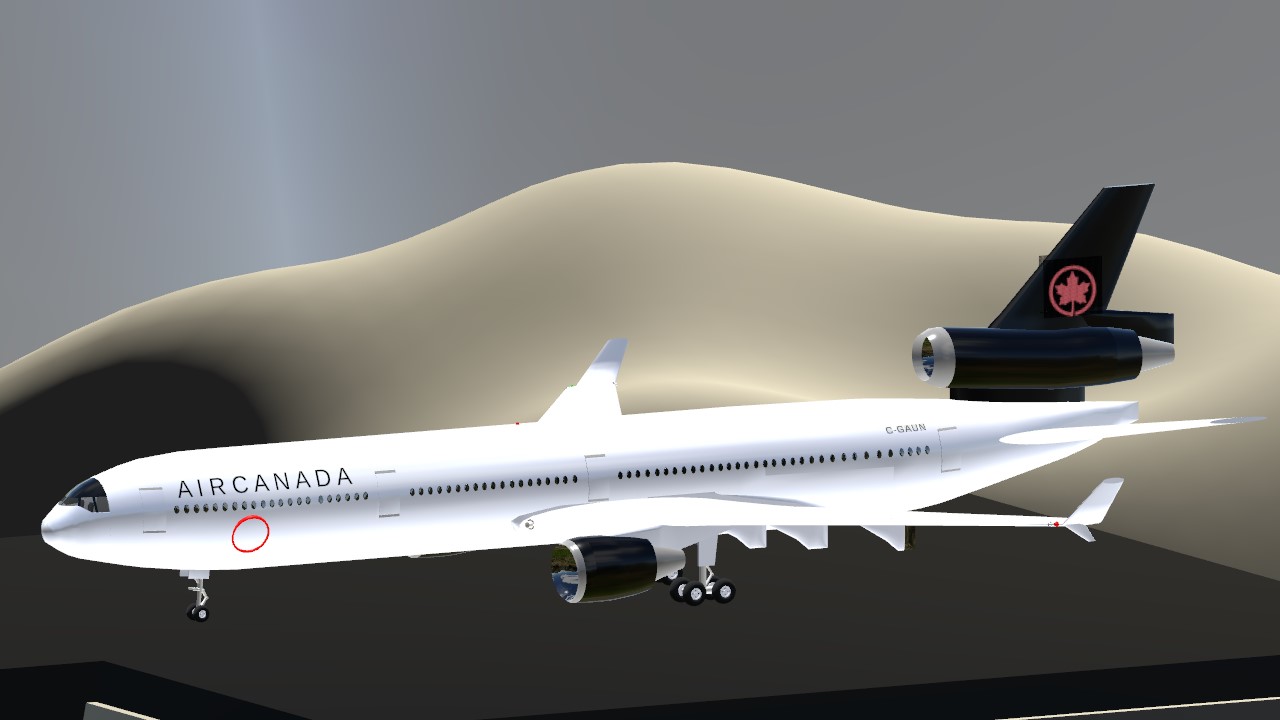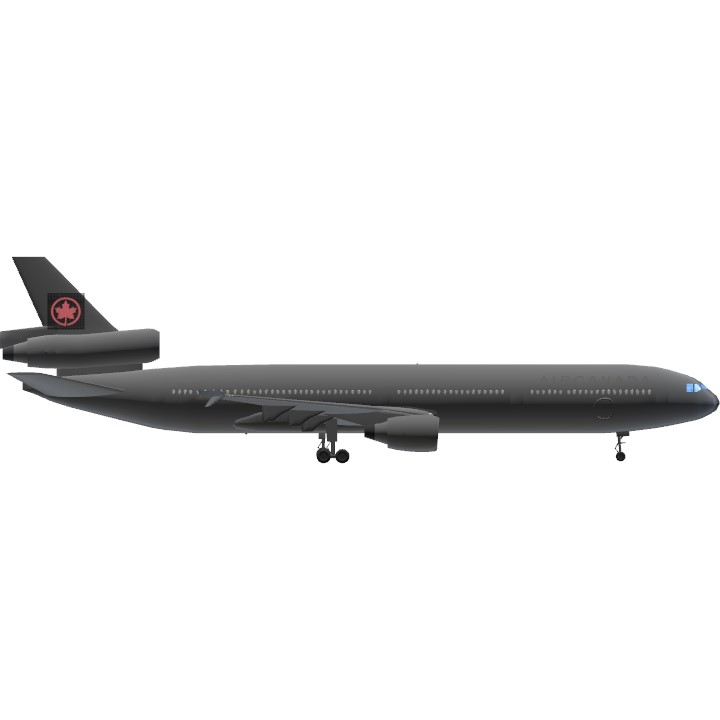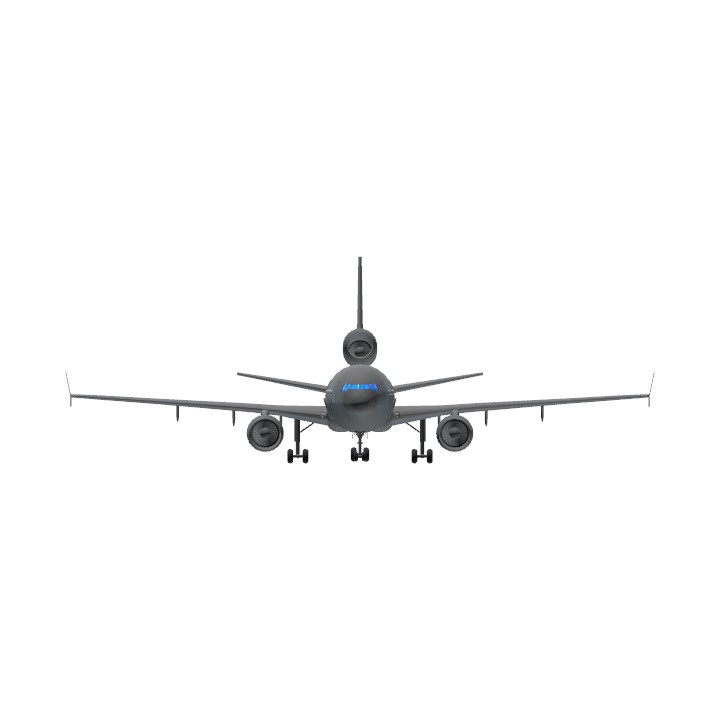
The McDonnell Douglas MD-11 is an American tri-jet wide-body airliner manufactured by American manufacturer McDonnell Douglas (MDC) and later by Boeing. Following DC-10 development studies, the MD-11 program was launched on December 30, 1986. Assembly of the first prototype began on March 9, 1988. Its maiden flight occurred on January 10, 1990, and it achieved Federal Aviation Administration (FAA) certification on November 8. The first delivery was to Finnair on December 7 and it entered service on December 20, 1990.
It retains the basic trijet configuration of the DC-10 with updated GE CF6-80C2 or PW4000 turbofan engines. Its wingspan is slightly larger than the DC-10 and it has winglets. Its MTOW is increased by 14% to 630,500 lb (286 t). Its fuselage is stretched by 11% to 202 ft (61.6 m) to accommodate 298 passengers in three classes over a range of up to 7,130 nautical miles [nmi] (13,200 km; 8,210 mi). It features a glass cockpit that eliminates the need for a flight engineer. The MD-11 failed to meet its range and fuel burn targets. The last of 200 aircraft was built in October 2000 after Boeing merged with McDonnell Douglas in 1997. Some MD-11 freighters were built, but many more are converted MD-11 passenger aircraft, many of which are still in service with cargo airlines.
Specifications
General Characteristics
- Predecessor McDonnell MD-11
- Created On Windows
- Wingspan 168.1ft (51.2m)
- Length 205.7ft (62.7m)
- Height 59.0ft (18.0m)
- Empty Weight N/A
- Loaded Weight 132,691lbs (60,187kg)
Performance
- Power/Weight Ratio 0.609
- Horse Power/Weight Ratio 0.033
- Wing Loading 28.2lbs/ft2 (137.8kg/m2)
- Wing Area 4,700.5ft2 (436.7m2)
- Drag Points 11579
Parts
- Number of Parts 553
- Control Surfaces 9
- Performance Cost 3,571

